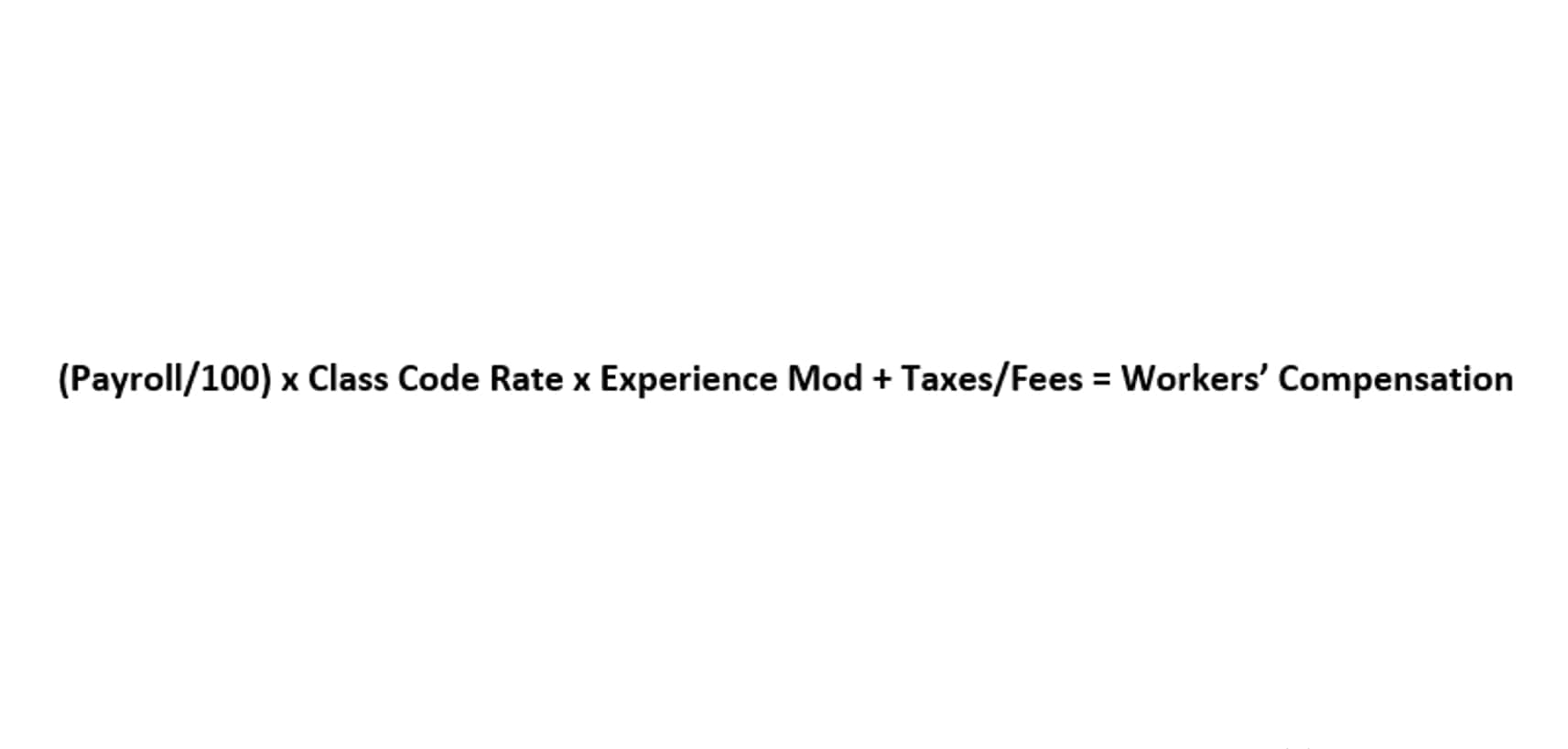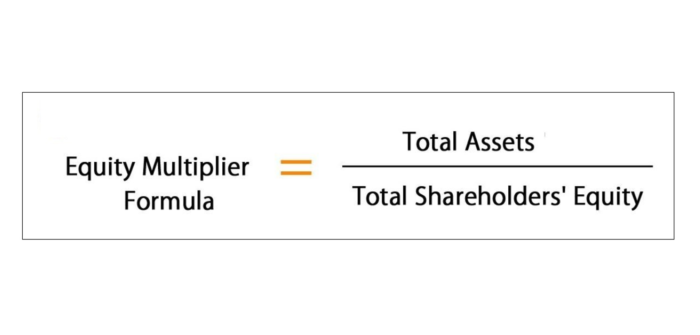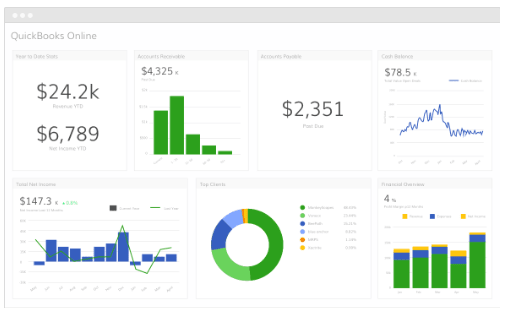
(The depreciation journal entry includes a debit to Depreciation Expense and a credit to Accumulated Depreciation, a contra asset account). The purpose is to allocate the cost to expense in order to comply the statement of stockholders equity should be prepared with the matching principle. In other words, the amount allocated to expense is not indicative of the economic value being consumed. Similarly, the amount not yet allocated is not an indication of its current market value. It is the mathematical result of revenues and gains minus the cost of goods sold and all expenses and losses (including income tax expense if the company is a regular corporation) provided the result is a positive amount. An accounting method wherein revenues are recognized when cash is received and expenses are recognized when paid.

Cost of Equity
- However, examining these changes on a quarterly basis might give more immediate insights into the company’s performance and any recent events impacting its equity.
- It can reveal whether you should borrow money to open another business location, cut costs or profit from a sale.
- As you can see, net income is needed to calculate the ending equity balance for the year.
- Details of stock repurchases, known as treasury stock transactions, are also required as they reduce total equity.
- If the corporation’s stock is traded on a stock exchange, the corporation is also required to comply with the reporting requirements of the Securities and Exchange Commission (SEC), an agency of the U.S. government.
The point in time is often the final instant or moment of the accounting period. Hence it is common for a balance sheet to report a corporation’s amounts as of the final instant of December 31. The statement of stockholders’ equity is a financial statement that summarizes all of the changes that occurred in the stockholders’ equity accounts during the accounting year. It is also known as the statement of shareholders’ equity, the statement of equity or the statement of changes in equity. Many of the other adjustments in the operating activities section of the SCF reflect the changes in the balances of the current assets and current liabilities. For example, if accounts receivable decreased by $5,000, the corporation must have collected more than the current period’s credit sales that were included in the income statement.

Publicly-Traded Corporations

The positive amounts in this section of the SCF indicate the cash inflows or proceeds from the sale of property, plant and equipment and/or other long-term assets. Constructing a Statement of Stockholders’ Equity involves a structured approach, typically presented in a columnar format. The statement usually features columns for each major equity component, such as Common Stock, Additional Paid-in Capital, Retained Earnings, Treasury Stock, and Accumulated Other Comprehensive Income. Rows are then used to detail the beginning balance, various changes during the period, and the resulting ending balance.
- A report called ‘statement of retained earnings’ is maintained to present the changes in the retained earnings for the financial period.
- Companies must ensure that these initiatives align with their strategic goals and have potential for future profitability.
- The historical cost principle means that most of the amounts shown on the income statement reflect a corporation’s vast number of actual transactions that occurred with parties outside of the corporation.
- If a company is buying back its shares, it could mean that it believes the shares are currently undervalued; if it’s selling, it might anticipate the shares becoming overvalued.
- On the other hand, a negative shareholders equity means that the company’s assets are not enough to pay off its liabilities.
Free Cash Flow
Holders of common stock elect the corporation’s directors and share in the distribution of profits of the company via dividends. If the corporation were to liquidate, the secured lenders would be paid first, followed by unsecured lenders, preferred stockholders (if any), and lastly the common stockholders. Since the corporation’s shares of stock are publicly traded, the consolidated financial statements must be audited by a registered firm of independent certified public accountants. Some corporations may be required to have their external financial statements audited. This requires independent https://www.orionhotelbangna.com/?p=3243 certified public accountants to provide assurance that the financial statements present fairly the financial position, results of operations, and cash flows of the corporation according to US GAAP.

The second section of the SCF reports 1) the cash outflows that were used to acquire noncurrent assets, and 2) the cash inflows received from the sale of noncurrent assets. It is important to understand that most of the amounts contained in the financial statements resulted from recording past transactions. Hence the amounts may not be relevant for future decisions and will not indicate the corporation’s fair market value. The statement also illuminates a company’s dividend policy, showing the extent to which profits are being returned to shareholders versus being retained. A consistent pattern of dividend payments, or a substantial increase in dividends, reveals a company’s approach to shareholder returns.

Statement of stockholder’s equity, often called the statement of changes in equity, is QuickBooks one of four general purpose financial statements and is the second financial statement prepared in the accounting cycle. This statement displays how equity changes from the beginning of an accounting period to the end. A balance sheet liability account that reports amounts received in advance of being earned. For example, if a company receives $10,000 today to perform services in the next accounting period, the $10,000 is unearned in this accounting period.

Leave a Reply